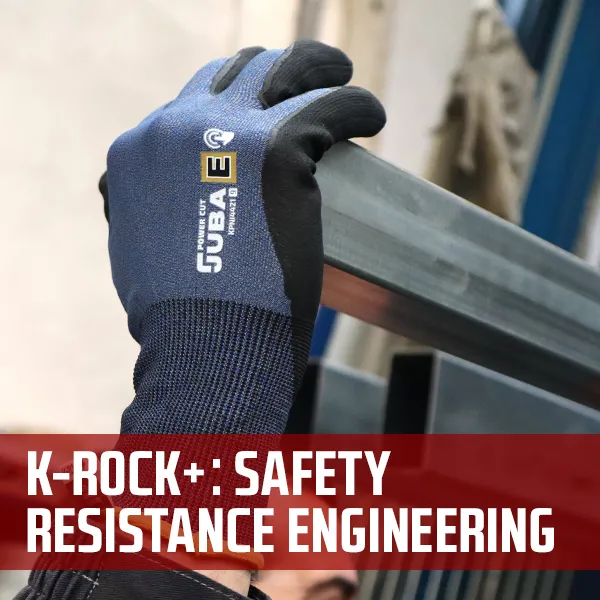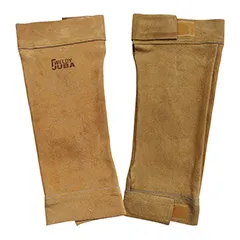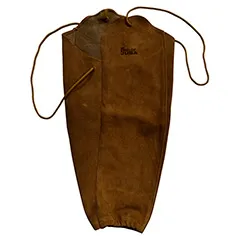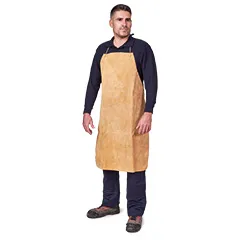K-Rock +
Gloves for assembly and maintenance
7 types of work, 100+ solutions for every need
Many companies, across all industries, have people in their team who are dedicated to assembly and maintenance.
In any case, for the selection of personal protective equipment (PPE), a risk assessment must be carried out which determines the glove required for each position according to each task. And, very importantly, the same person may have to carry out work with different requirements, in different situations, in short, with different risks.
Sometimes you don’t want to have a “glove for everything” – every risk officer and every person who uses them needs to know which glove they need for each task. JUBA is a company specialising in the development of solutions and products for the protection of the upper limbs. That’s why we can help you choose the items that best suit your performance. Because assembly, installation and maintenance work encompass multiple and diverse tasks, with different requirements.
In this article we have differentiated several types of work, with different requirements and risks and we help you choose from more than a hundred glove models. Depending on the assembly and maintenance work you do, the risk or environment you work in may need more than one.

Leather
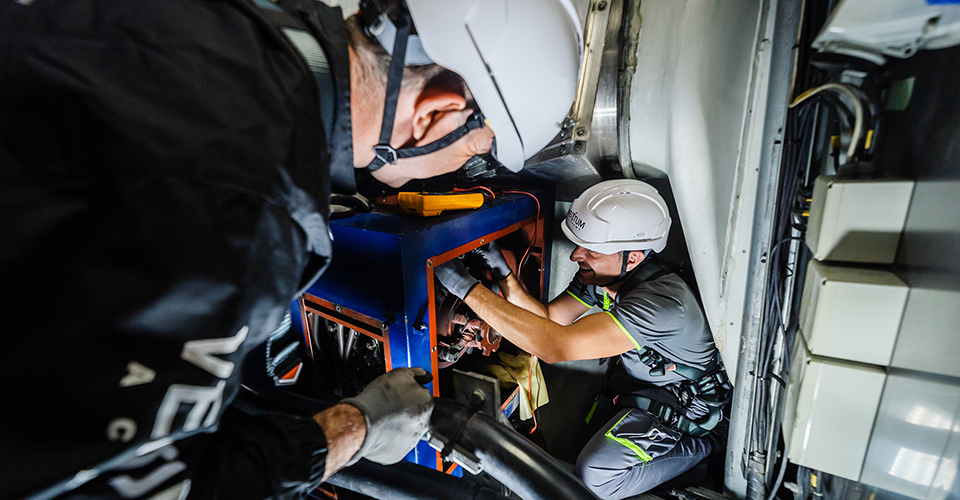
Assembly work often involves handling heavy parts or elements: assembly of structures, installation of pipes, etc...
These jobs where heavy parts are removed and placed and where the tools used include hammer, wrench, spanners, etc. require good protection, with robust gloves, resistant against impacts, abrasion or the risk of cutting.

Gloves by phases
Welding and heat protection
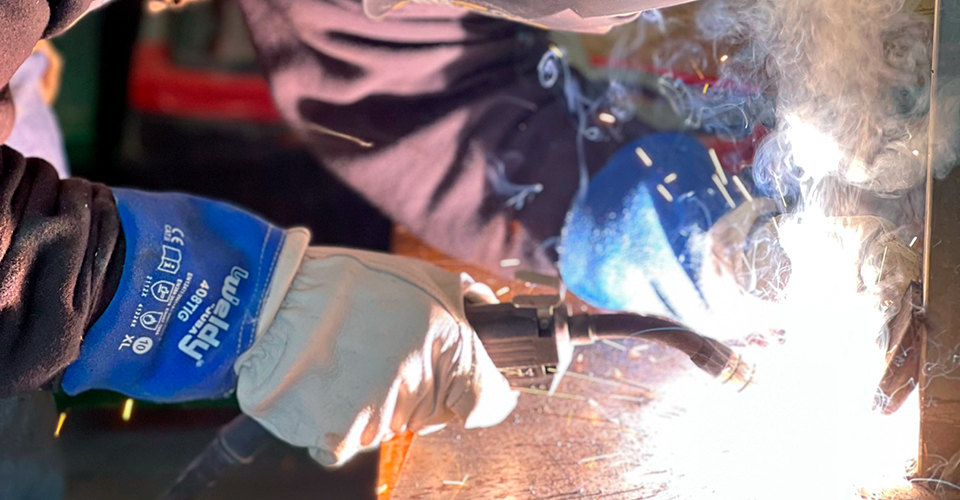
Many of the common jobs of the assembly and maintenance team involve welding processes and cutting operations with tools that produce cast metal projections or tasks at high temperatures or with exposure to fire. These operations also imply the handling of the parts used.
The leather, with its different finishes, combined with insulating textile materials, is the basis of the protective equipment needed to be able to carry out this type of work. In these cases the skin is "irreplaceable".
There are different types of welding, Soft (with tin), that do not need specific protection for welding, Medium (copper) that is used in cold rooms (up to -300ºC) and in plumbing and Hard (with electrodes or tugsten, MIG or TIG) to finish off structures in use, manufacture new structures with iron or heavy metals (iron or stainless steel).

Gloves by phases
Protective clothing
Persons exposed to molten metal projections by welding processes and similar techniques must be protected with suitable clothing. This equipment must comply with standard EN 11611.
JUBA split garments comply with the standard and adequately protect against these risks.
Synthetics for general use

In the field of industrial maintenance we find machinery and installations in wet, oily and greasy conditions.
Hydraulic machinery is heavy machinery that contains oil. Large tools are used for the maintenance thereof and the risk of oil impregnating the hands is high. The tasks that are typically performed are fixes of oil losses, filter changes and part or seal changes.
To be able to work safely in these environments, the glove must provide grip, dexterity and water-tightness and mechanical resistance, especially to abrasion.
The appropriate synthetic material for covering this type of glove is nitrile.
These gloves may have different coating grades, depending on the type of application.

Gloves by phases
Double coated nitrile
Guantes
Double coated
Guantes
Low temperature work

Some work in certain industrial or outdoor environments can involve enduring low temperatures: maintenance work in freezing chambers, maintenance work in wind farms, installation and infrastructure maintenance work outdoors, in winter and in continental climate zones… People who perform these tasks need additional protection from the cold.
Cutting protection

There are assembly and maintenance jobs involving the handling of materials with sharp and cutting edges , such as the handling of thin plates or flat glass.
In this selection, we offer you a range of gloves that can cover different risks. Each reference has different mechanical performances to suit every need.

Gloves by phases
Chemical hazards
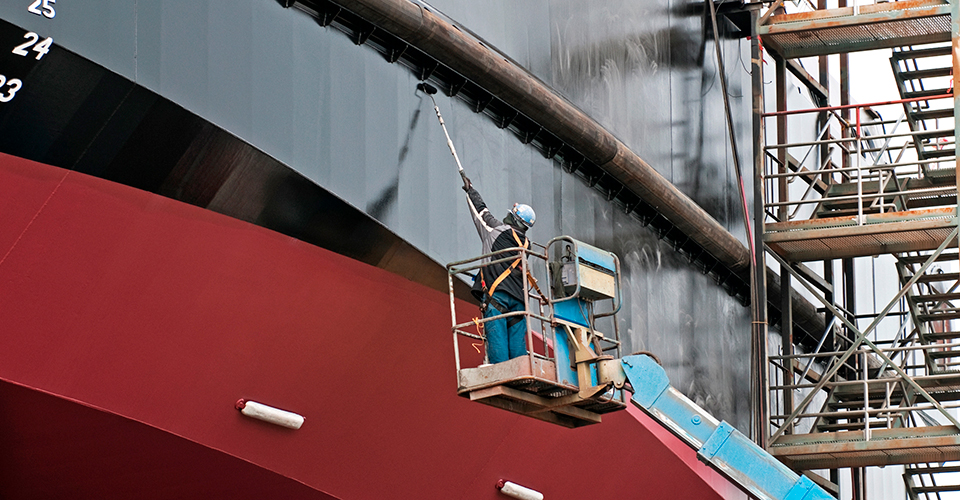
The start-up of some industrial facilities involves working with chemical products for the cleaning or treatment of parts, sealants, paints and solvents…
Maintenance also includes painting work on both the new iron structures and the repainting of the metal structures in use. Walls and floors are also often painted or repainted for signage.
Whether you are wearing a glove with support or not, there are different types of coating and it is important to know which one best protects you from the products you are going to use. The determining factors to choose the best glove are its resistance to permeation (passage of gas or vapour) and degradation.
In JUBA we recommend that you consult the specific resistance tables and test the glove before you use it.

Gloves by phases
Nitrile gloves
Guantes
Neoprene and latex gloves
Guantes
|
LETTER |
CHEMICAL SUBSTANCE |
CAS NUMBER |
CLASS |
|
A |
Methanol |
67-56-1 |
Primary alcohol |
|
B |
Acetone |
67-64-1 |
Cetone |
|
C |
Acetonitrile |
75-05-8 |
Nitrile compound |
|
D |
Dichloromethane |
75-09-2 |
Chlorine hydrocarbon |
|
E |
Carbon disulfide |
75-15-0 |
Sulphate organic compound |
|
F |
Toluene |
108-88-3 |
Aromatic hydrocarbon |
|
G |
Diethylamine |
109-89-7 |
Amine |
|
H |
Tetrahydrofuran |
109-99-9 |
Heterocyclic ether |
|
I |
Ethyl acetate |
141-78-6 |
Ester |
|
J |
n-heptane |
142-85-5 |
Saturated hydrocarbon |
|
K |
Sodium Hydroxide 40% |
1310-73-2 |
Inorganic alkaline |
|
L |
Sulphuric acid 96% |
7664-93-9 |
Inorganic, oxidising mineral acid |
|
M |
Nitric acid 65% |
7697-37-2 |
Inorganic, oxidising mineral acid |
|
N |
Acetic acid 99% |
64-19-7 |
Organic acid |
|
O |
Ammonia Hydroxide 25% |
1332-21-6 |
Organic Alkaline |
|
P |
Hydrogen peroxide 30% |
7722-84-1 |
Peroxide |
|
S |
Hydrofluoric acid 40% |
7664-39-3 |
Mineral organic acid |
|
T |
Formaldehyde 37% |
50-00-0 |
Aldehyde |
